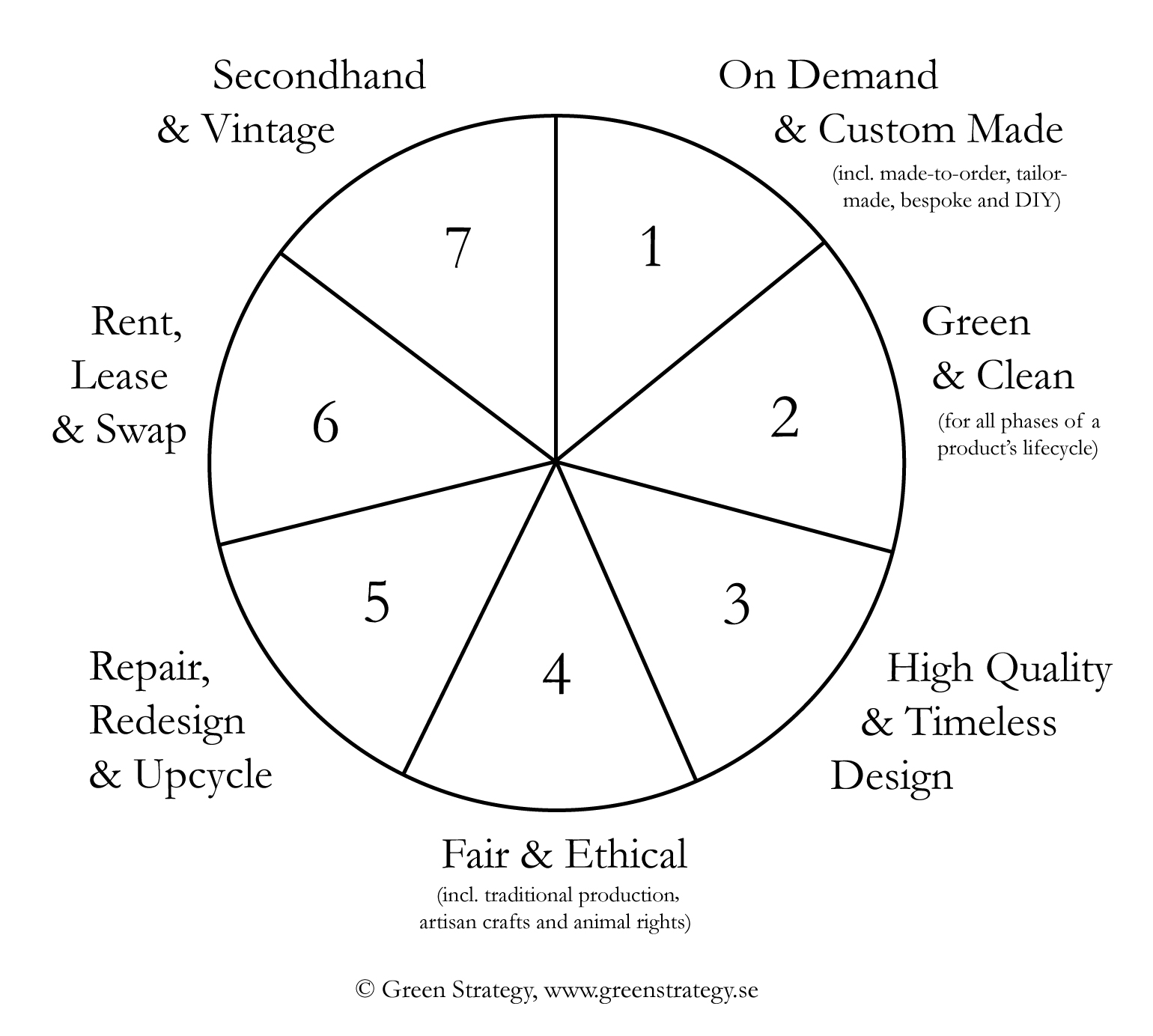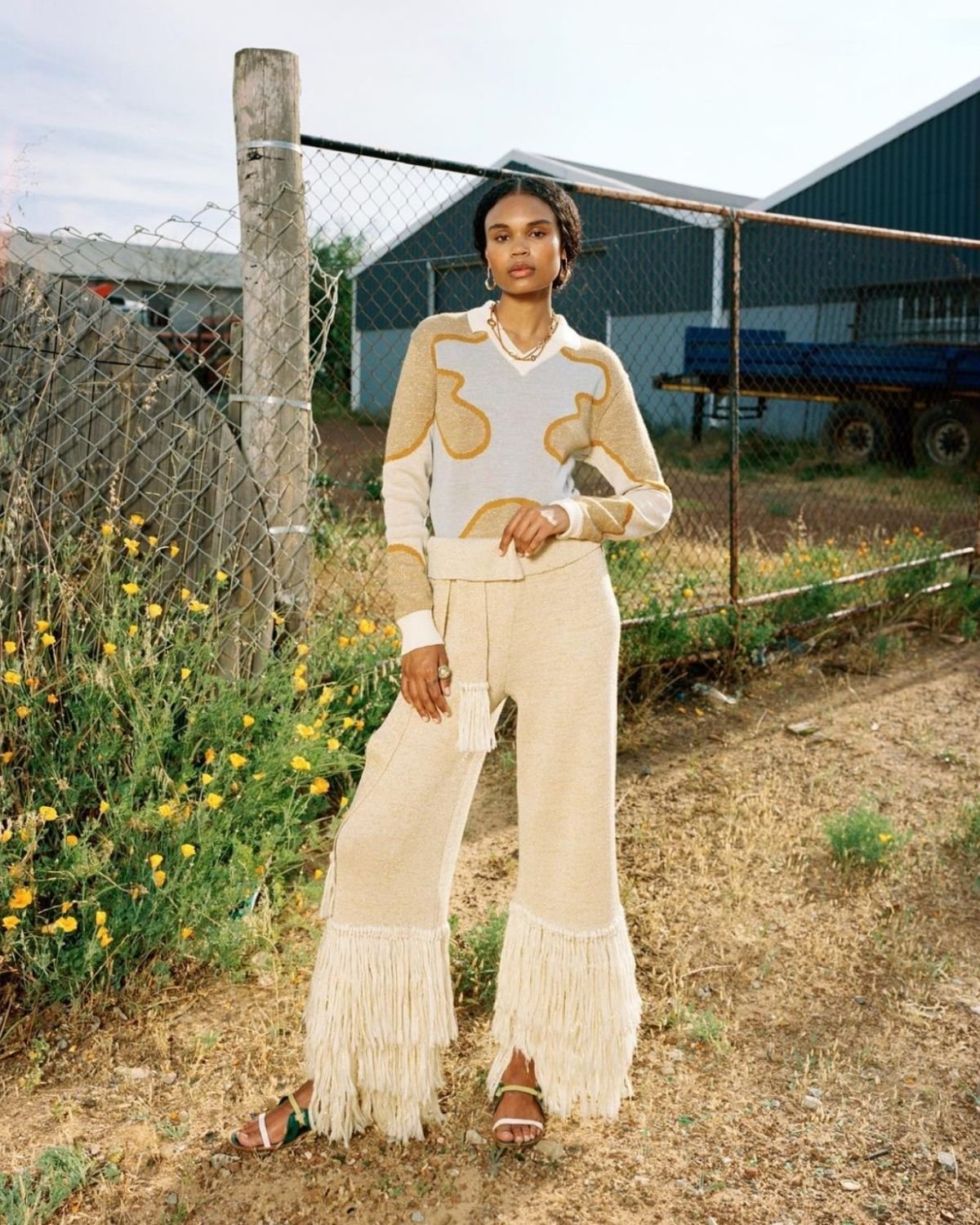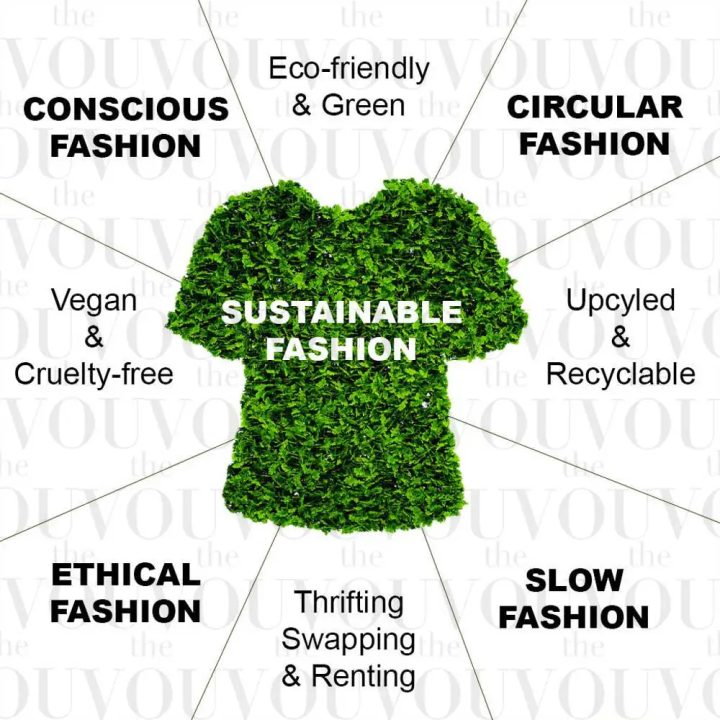Cape Town Sustainable Fashion: Redefining Style with Honest Options
Remain Ahead of the Contour by Discovering Innovative Fashion Trends
In a sector as vibrant as style, remaining in advance entails even more than simply adhering to current fads-- it requires an exploration of technology. The merging of innovation and fashion proclaims a new era of customer interaction.

Embracing Smart Textiles
In the last few years, the garment industry has actually experienced a transformative change with the integration of wise textiles, an innovative technology that mixes modern technology with textile. This evolution represents not just a fusion of visual appeals and performance yet additionally a substantial jump in the direction of sustainability and personalization in vogue. Smart textiles, also known as e-textiles, embed advanced electronics such as sensors and conductive threads within the textile, making it possible for garments to interact with the setting or the user.
These fabrics are created to keep an eye on physical specifications, such as heart price or body temperature level, giving real-time health analytics. Past wellness applications, wise textiles are additionally being used for adaptive clothes, which can transform shade or pattern in action to environmental stimulations, therefore using a dynamic style experience.
Furthermore, the advancement of energy-harvesting fabrics that generate power from movement or sunshine is paving the method for self-sufficient wearable technology. This innovation is attracting environmentally aware customers and developers aiming to decrease the eco-friendly footprint of style. As r & d in this field breakthrough, wise fabrics are anticipated to end up being increasingly widespread, improving the landscape of contemporary fashion with their multifunctional abilities.
The Increase of 3D Printing
Transforming the production landscape, 3D printing has actually arised as a game-changer in the fashion sector. This advanced innovation has actually allowed developers to press the limits of creative thinking, creating complex and customized garments that were formerly unimaginable. By leveraging digital style and additive production, 3D printing assists in the development of complex geometries and patterns, enabling developers to trying out new structures and frameworks.
A remarkable advantage of 3D printing in vogue is its capacity to generate on-demand, minimizing waste and minimizing supply demands. This efficiency not only maximizes manufacturing procedures but also enables rapid prototyping, allowing developers to bring their visions to life in a shorter timeframe. In addition, 3D printing sustains modification to a level unmatched by typical approaches, offering customized fits and distinct designs customized to specific customer preferences.
The surge of 3D printing has actually additionally democratized style, making it accessible to arising designers that can currently produce top quality pieces without substantial financial investment in conventional manufacturing framework. As modern technology proceeds to advancement, the garment industry is positioned to harness the complete potential of 3D printing, exploring brand-new products and techniques that will undoubtedly redefine how style is conceived and generated.
Lasting Fashion Technologies
As the style industry comes to grips with the pushing requirement for environmental obligation, lasting fashion innovations have emerged at the center of transformative adjustment. The expanding understanding of ecological influence has fueled a shift in the direction of more eco-conscious techniques and products. Brands and designers are currently prioritizing sustainability, including methods that lessen waste and decrease carbon impacts.
One significant advancement is the surge of circular style, which emphasizes recycling and upcycling to prolong the lifecycle of garments. This useful source strategy not just lowers waste but also encourages consumers to embrace a much more conscious strategy to clothing usage.
One more development depends on the fostering of cutting-edge dyeing techniques that use all-natural dyes or waterless procedures, consequently lowering the huge quantities of water and chemicals commonly used in textile dyeing. Furthermore, advancements in biotechnology have resulted in the production of lab-grown leather and materials, using ecologically pleasant and cruelty-free choices to traditional products. Via these pioneering efforts, the fashion business is making purposeful strides towards a more sustainable future.

Tech-Integrated Clothing
Tech-integrated garments represents a groundbreaking fusion of fashion and technology, reshaping how individuals connect with their garments. This innovative domain is marked by the inclusion of smart fabrics and embedded digital elements, enhancing both functionality and visual charm. From fitness trackers embedded in sportswear to warmed coats controlled using smartphone applications, tech-integrated garments supplies consumers unmatched convenience and flexibility.
Pioneering brands are driving this trend, focusing on check out here developing garments that react to environmental stimulations or user commands. For circumstances, some garments can alter shade or pattern in action to temperature level shifts, while others integrate biometric sensors to keep track of health and wellness metrics like heart price or stress degrees. The smooth integration of technology into fabrics likewise encompasses environmental sustainability, with initiatives to create self-cleaning textiles or garments that adapt to climate condition, hence decreasing the demand for several layers.
Moreover, the advent of wearable innovation is not just restricted to clothes however encompasses devices like watches and eyewear, more broadening the extent of tech-integrated fashion. As the market remains to introduce, the possibility for customization and customization in apparel expands, supplying consumers one-of-a-kind, tech-enhanced fashion experiences that deal with their individual demands and preferences.
Future of Virtual Fashion
Over the last few years, the future of digital fashion has actually become a transformative force within the sector, leveraging innovations in electronic technology to redefine how style is developed, experienced, and taken in. By incorporating enhanced truth (AR), virtual reality (VIRTUAL REALITY), and 3D design devices, developers can now craft interactive and immersive experiences that transcend conventional style boundaries. Virtual fashion allows for the creation of garments that exist exclusively in digital environments, providing countless opportunities for advancement without the limitations of physical manufacturing.
This digital shift not just offers opportunities for innovative expression however also addresses sustainability issues inherent in standard fashion practices. Cape Town Sustainable Fashion. By eliminating the demand for physical resources, digital fashion minimizes waste and lessens carbon footprints. In addition, the increase of virtual style lines up with the raising consumer demand for distinct and customized experiences, as virtual garments can be personalized and customized to individual preferences with simplicity

Conclusion
The fashion industry's future lies in the assimilation of cutting-edge innovations and try this sustainable methods. Online fashion is positioned to redefine consumer interactions.
In current years, the style sector has experienced a transformative shift with the integration of wise textiles, an advanced development that mixes technology with fabric.As the fashion industry grapples with the pushing requirement for ecological responsibility, sustainable style developments have emerged at the forefront of transformative adjustment.In recent years, the future of online fashion has arised as a transformative force within the market, leveraging developments in electronic modern technology to redefine how style is created, experienced, and taken in. The rise of online fashion lines up with the increasing customer need for individualized and unique experiences, as online garments can be customized and customized to individual choices with ease.
The fashion sector's future lies in the integration of ingenious modern technologies and sustainable methods.